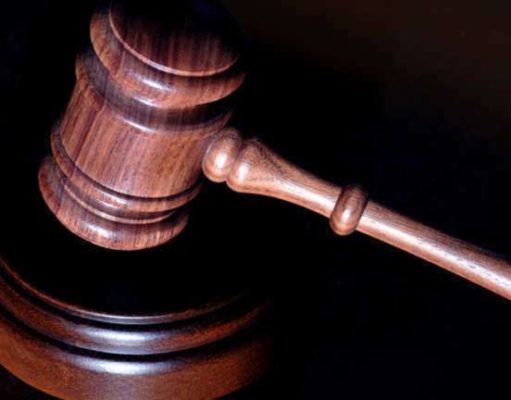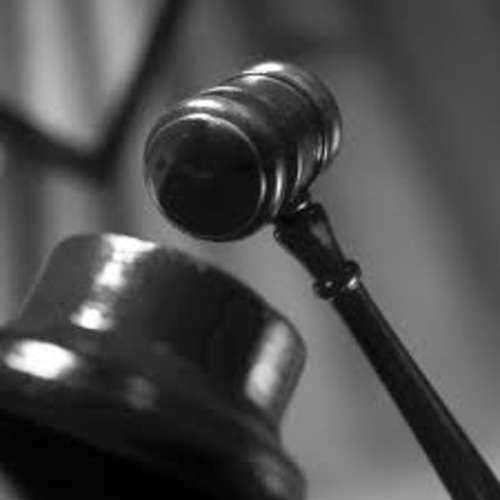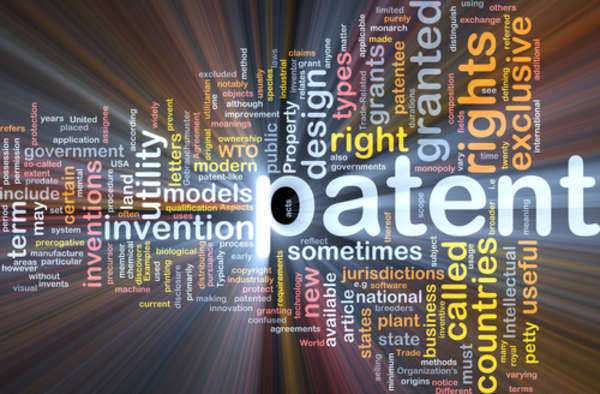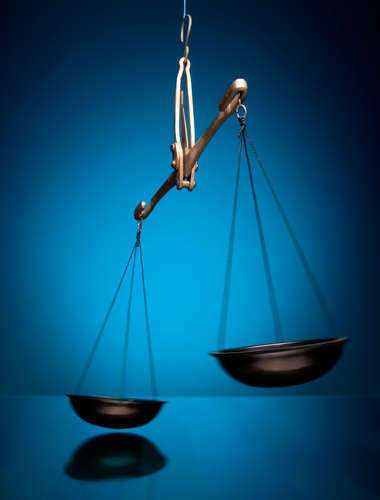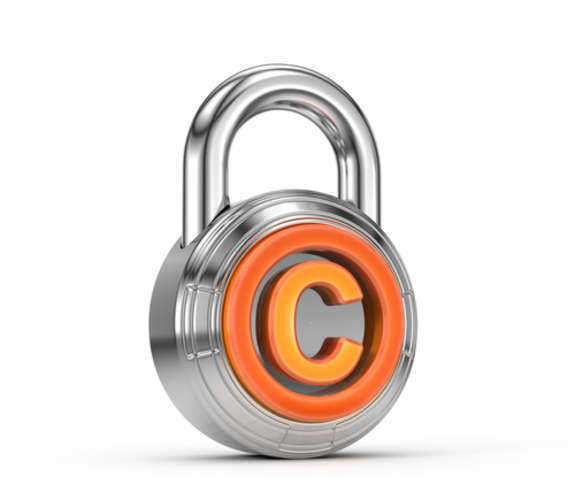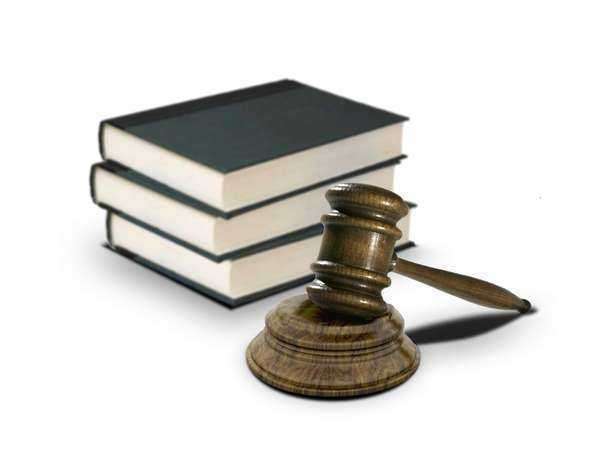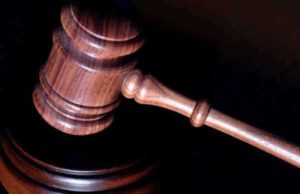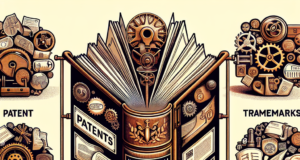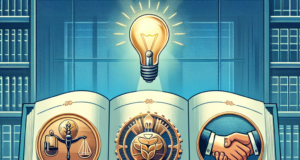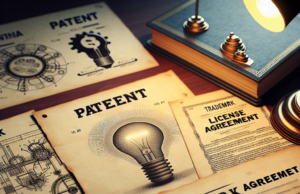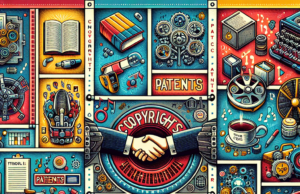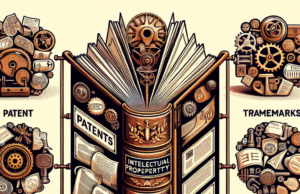Hotchkiss v. Greenwood

Hotchkiss, along with other inventors, claimed to own a valid patent for an improvement to doors and doorknobs. The plaintiff claimed their clay and porcelain door knobs and the way they were installed improved doors and the idea was original and inventive. They were attempting to sue the defendant for using their patent without permission. The Supreme Court in 1850 ruled that replacing one material for another was not inventive or a new discovery and the patent application by the plaintiffs was invalid.
Case Description
The plaintiffs replaced metal and wood doorknobs with porcelain and clay knobs made from pottery. They used similar methods of installation of other knobs as described by their patent application. The Secretary of State originally granted the patenting of the new doorknobs. The defendants in the case showed examples of doorknobs made from pottery and the process by which they are installed took place many years before the plaintiffs filed their patent application. Many different cities in New York, New Jersey and Pennsylvania had practiced the method of applying clay knobs to doors. This showed the plaintiff’s patent was not original, inventive nor non-obvious.
Ruling
The Supreme Court ruled the patent application requested by the plaintiffs was not valid. The practice of using clay and porcelain for doorknobs had been practiced many years prior to the plaintiff’s discovery. This showed the plaintiffs had not discovered or invented anything new. Also, replacing one material with another is an obvious adjustment that can be made to an item. The Court ruled the defendant did not infringe on the plaintiff’s patent because they did not own a valid patent.
This Supreme Court ruling was the first case to apply the concept of non-obviousness to the patentability of something. This case established that if something was obvious and non-inventive there was no point in patenting it because it has probably already been invented and used by the public. Once the public has already been using something there is no point in patenting it and neither ownership nor exclusive rights will be granted to a hopeful patent applicant.


